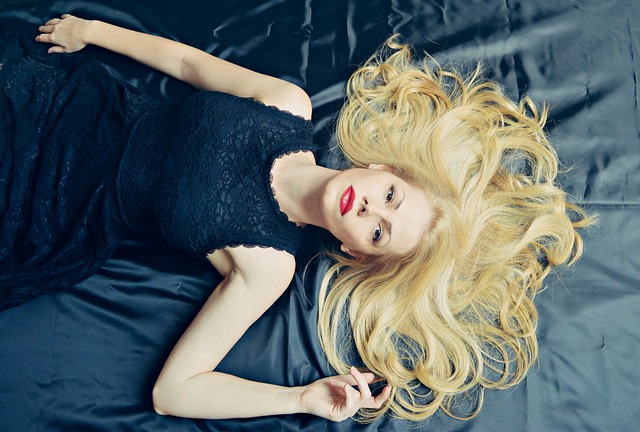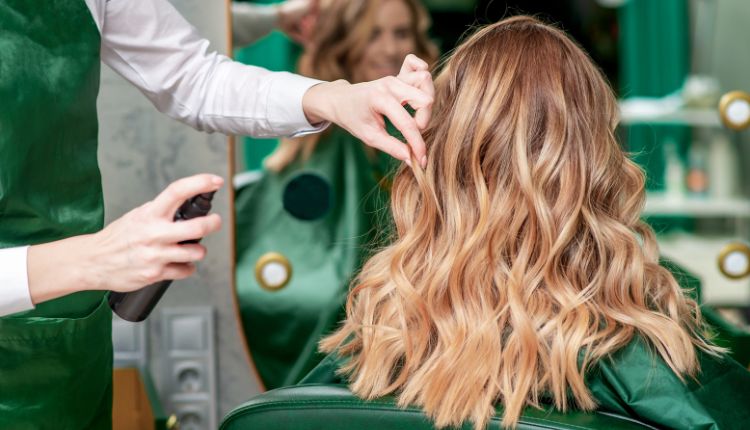The Evolution of the Little Black Dress: From Audrey Hepburn to Today’s Runways
The little black dress, often referred to as the LBD, is a fashion staple that has stood the test of time. Its origins can be traced back to the 1920s, when renowned designer Coco Chanel introduced a simple, elegant black dress that was accessible to women of all social classes. Since then, the LBD has become synonymous with sophistication and versatility, making it a must-have item in every woman’s wardrobe.
What sets the little black dress apart from other fashion trends is its ability to transcend time and remain relevant in every era. While other styles come and go, the LBD remains a constant presence in women’s fashion. Its enduring appeal can be attributed to its simplicity and versatility. The LBD can be dressed up or down, making it suitable for any occasion, from a casual day out to a formal evening event.
The Iconic Influence of Audrey Hepburn’s LBD
One of the most iconic moments in the history of the little black dress is Audrey Hepburn’s portrayal of Holly Golightly in the 1961 film “Breakfast at Tiffany’s.” Hepburn’s character wore a stunning black Givenchy dress that became an instant symbol of sophistication and elegance. The dress featured a fitted silhouette, a boat neckline, and three-quarter sleeves, exuding timeless charm.
Hepburn’s LBD in “Breakfast at Tiffany’s” has since become one of the most replicated and referenced dresses in pop culture. Its influence can be seen in countless fashion editorials, red carpet appearances, and even Halloween costumes. The dress perfectly captured Hepburn’s effortless style and grace, solidifying her status as a fashion icon.
The 1960s and the Little Black Dress: A Decade of Experimentation
The 1960s marked a period of experimentation and liberation in fashion, and the little black dress was no exception. Designers pushed the boundaries of the classic style, incorporating bold prints, unconventional cuts, and innovative materials. The LBD became a symbol of rebellion and empowerment for women, reflecting the changing social and cultural landscape of the time.
Designers such as Mary Quant and André Courrèges played a significant role in redefining the little black dress during the 1960s. Quant introduced mini dresses with geometric patterns and vibrant colors, while Courrèges experimented with futuristic designs and PVC materials. These bold interpretations of the LBD challenged traditional notions of femininity and paved the way for new possibilities in women’s fashion.
The Little Black Dress in the 21st Century: Reinventing a Classic
In the 21st century, designers have continued to reinvent the little black dress, keeping it fresh and relevant for modern times. They have experimented with new materials, cuts, and embellishments to give the LBD a contemporary twist. From sleek bodycon styles to voluminous tulle skirts, there is now a wide range of options available to suit every woman’s personal style.
One notable trend in recent years is the incorporation of sheer fabrics and lace detailing into little black dresses. These delicate elements add a touch of femininity and sensuality to the classic silhouette. Additionally, designers have embraced asymmetrical cuts, plunging necklines, and statement sleeves to create unique and eye-catching LBDs.
The Little Black Dress on the Runway: Trends and Innovations
The little black dress continues to make its presence felt on the runway, with designers finding innovative ways to incorporate it into their collections. In recent fashion shows, we have seen LBDs paired with bold accessories such as oversized belts, statement jewelry, and vibrant footwear. This juxtaposition of simplicity with striking accents adds an element of surprise and individuality to the classic style.
Another trend that has emerged is the fusion of the little black dress with other fashion trends. Designers have combined the LBD with elements of streetwear, such as sporty details and oversized proportions, creating a modern and edgy look. This blending of styles showcases the versatility of the little black dress and its ability to adapt to ever-changing fashion trends.
The Future of the Little Black Dress: Enduring Style for Generations to Come
As we look to the future, it is clear that the little black dress will continue to be a staple in women’s fashion. Its timeless appeal and versatility make it a go-to choice for women of all ages and backgrounds. The LBD will evolve and adapt to changing trends and styles, but its essence will always remain intact.
Designers will continue to find new ways to update the little black dress, incorporating innovative materials, cuts, and embellishments. However, at its core, the LBD will always embody simplicity, elegance, and sophistication. It will inspire and influence fashion for generations to come, serving as a reminder that sometimes less is more.
Conclusion: The Little Black Dress: A Classic for All Time
In conclusion, the little black dress has rightfully earned its place as a timeless fashion staple. From its humble beginnings in the 1920s to its iconic influence in films like “Breakfast at Tiffany’s,” the LBD has proven its enduring appeal. It has evolved and adapted throughout the decades, reflecting the changing attitudes and aspirations of women.
The little black dress will continue to inspire designers and fashion enthusiasts alike. Its versatility allows it to be dressed up or down, making it suitable for any occasion. Whether it’s a sleek bodycon style or a voluminous tulle skirt, there is an LBD out there for everyone.
As we move forward into the future, we can be certain that the little black dress will remain a symbol of timeless style and sophistication. It will continue to inspire and influence fashion, reminding us that simplicity and elegance will never go out of style. The little black dress is here to stay, and we can’t wait to see what the future holds for this enduring fashion icon.




